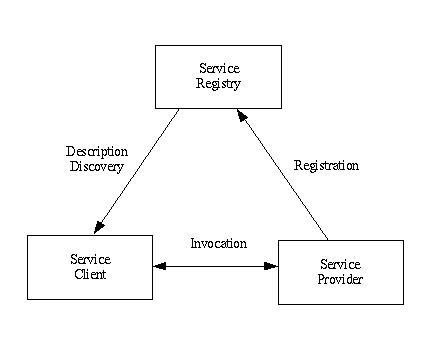Web Services - Introduction.

The popular view of the Internet is the worldwide web. People sit at their computers using a browser to view static web pages stored on a distant server, or view dynamic pages generated by those servers. This use of the Internet is people-centric.
The Internet is also used in environments where the human involvement is quite small. Applications programs communicate with each other across the network with little or no human involvement. Typically, a client/server model is used.
Before the introduction of web service standards the interfaces between a server and its clients were developed on an ad-hoc basis. This approach gives rise to a number of problems.
Suppose a rail operating company develops a server that provides pricing and timetable information. By publishing the server interface the company allows travel agents to query the travel information to help plan client’s journeys.
Another rail operating company may wish to provide a similar service, so they develop their own server and publish the interface. A travel agent can develop software for this new interface but he may think that he is duplicating some effort. In addition, the travel agent will have to reconcile difference in the interfaces if he wishes to plan journeys that cross the networks.
The information provided by the rail operators would be far more useful to the travel agents if the rail operators provided the information using the same interface. Using web services, this can be achieved. Web services standards provide ways of describing client/server interfaces. A rail industry standard could be developed which would describe an interface to travel information.
As time goes on, the web service standard for the rail industry would be adopted by more rail operators. The new services would only be of use once the travel agents become aware that the service is available. There are web service standards that provide means whereby service providers can publish the availability of a service and allow potential clients to discover those services.
In summary, there are web service standards for:
- Registration of the availability of a service.
- Discovery of a service.
- Description of a service interface.
- The client/server interface.
The following pages look at the components of a web service and the standards for registration, discovery and description.
Previous Next








